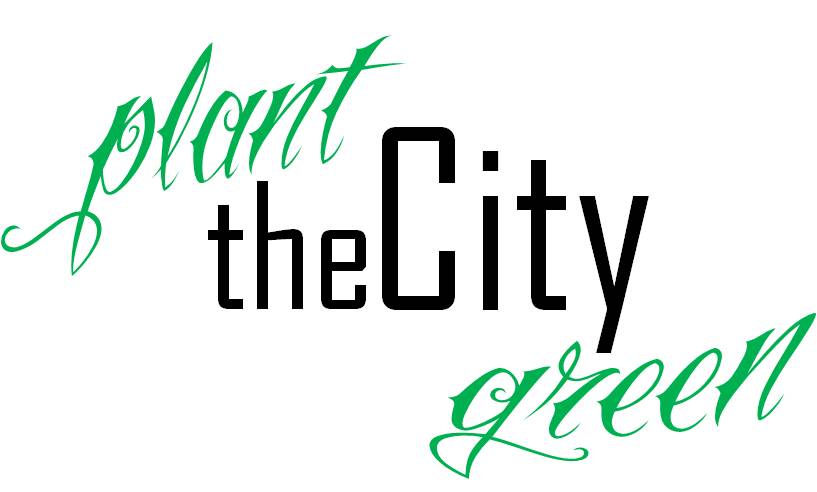Scott Torrance, a landscape architect, was the guest speaker. Scott has designed several landmark gardens throughout the city and he is dedicated to connecting Torontonians to nature through his green space designs. Scott's focus for this most recent presentation was one of his recently published works, the City of Toronto Guidelines for Biodiverse Green Roofs.
Toronto is the first city in North American to have a by-law that requires green roofs be installed on certain sizes of new buildings. Green roofs keep buildings cool in the summer, warm in the winter, and reduce the albedo of the city landscape, meaning less sunlight is reflected back into the atmosphere. Green roofs that are planted with native plants also contribute habitat for wildlife and help to increase the biodiversity of the city.
Green roof technology has been used in building design throughout Europe for many centuries. Much of the knowledge we have about designing green roofs has come from the Scandinavian countries and Germany. Unfortunately, when we adopted these European green roof designs we also started to import plants native to these European countries. We knew that these plants would do well in the harsh environmental conditions found on green roofs such as thin soil, intense flood and drought cycles, high wind, and full sun. While this may be true, these plants contribute little to local ecosystem functioning.
Fortunately, there are also many native plants in southern Ontario that can tolerate these environmental conditions and contribute to a working ecosystem. The Guidelines for Biodiverse Green Roofs contain lists of native plant species that grow well in Toronto's green roofs.
The guide also includes great information about other strategies that can be used to create biodiverse green roofs. These include designing the roof with greater than 150 mm of soil, varying the composition of the growing medium, creating variable soil depths that will form microclimates, providing perching and nesting habitat for birds, bees and other insects, and providing water sources.
The best thing about these guidelines is that all of these strategies can be used in container gardens and balcony gardens to create more biodiverse habitats in small tower living spaces. I would definitely recommend taking a look through the guidelines while planning a balcony garden. The pictures of successful green roof projects are inspiring and the ecological knowledge included in the guidelines is impressive.
 |

No comments:
Post a Comment